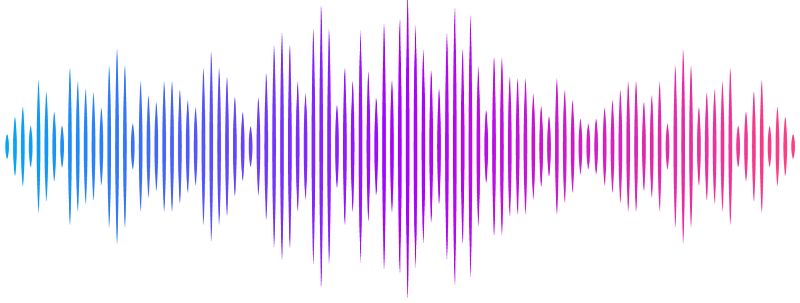Centroparietal signals track multiple rounds of evidence accumulation in an intermittent evidence task

Centroparietal signals track multiple rounds of evidence accumulation in an intermittent evidence task
Pares-Pujolras, E.; Geuzebroek, A. C.; O'Connell, R. G.; Kelly, S. P.
AbstractMaking decisions often requires the integration of multiple pieces of information. An extensive body of research has investigated the neural mechanisms underpinning evidence accumulation in tasks where information is continuously present, but less is known about how this neural architecture supports evidence accumulation if the flow of information is paused for a variable amount of time. In two electroencephalography (EEG) experiments (N = 22, N = 21), participants made perceptual decisions about two pulses of motion evidence separated by gaps of varying duration. Our goal was to investigate 1) whether and how people integrate the two pulses across various delay durations, and 2) how a prominent EEG marker of evidence accumulation, the centroparietal positivity (CPP), reflects decisions in the context of our intermittent-pulses task. Our results are consistent with a bounded evidence accumulation process where the second pulse further informs the decision only if the bound is not reached by the first pulse. We show that whereas motor preparation signals reflected in motor beta lateralisation (MBL) maintain the cumulative evidence level reached from pulse 1 through the gap, the CPP does not sustain but rather exhibits transient deflections following each pulse, encoding momentary belief updates.